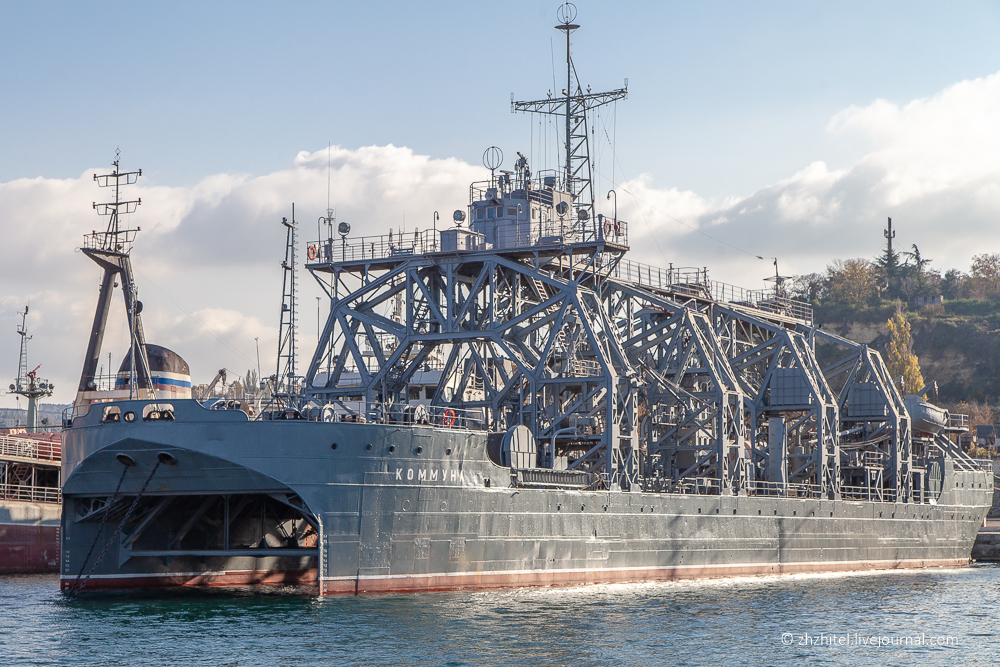A major problem with early submarines was that diving underwater was often easier than floating back to the surface. And since oxygen supply on board was barely adequate, even with all systems in order, recovering a sunken boat on time to save the crew was an intricate, almost hopeless task. An effective salvage vessel had to be fast, maneuverable, and fully equipped for any eventuality that might hurdle the precarious operation. In 1913, one ship ticked all these boxes so well that she is still in active service in the Russian Navy, more than a hundred years later. To put things into perspective, here is a short list of historic eras, which the Kommuna has outlived so far:
- the Tsars
- the Great War
- the October Revolution
- the Russian Civil War
- the USSR
- World War II
- the Cold War
- the tumultuous post-Soviet years
So, someone might ask, how on earth did she do this?
Myth Busting
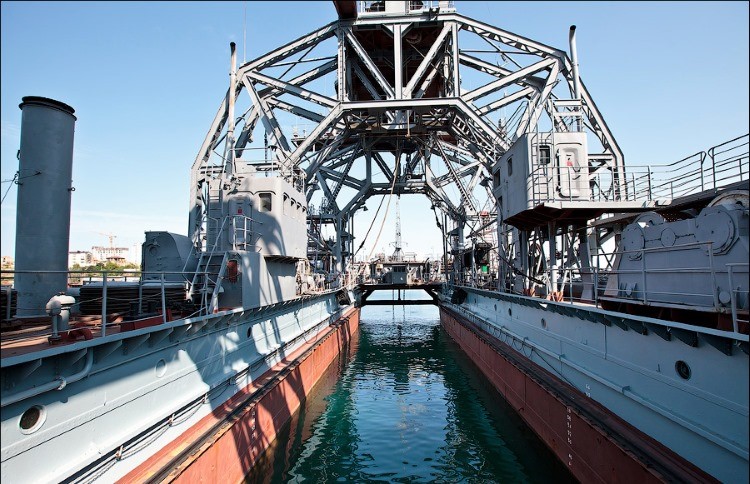
As with many legendary ships, numerous myths surround the Kommuna, the most persistent of which is that her hull was made of a secret steel alloy. Speculators claim the technology was invented in Saint Petersburg and was only known to a close circle of engineers and officials, before disappearing in the turbulent waters of the revolution. However, official documentation from 1910 and some modern-day studies reveal that the Putilov shipyard used regular steel, manufactured via the Siemens-Martin process in an open-hearth furnace. In addition, the contract between the shipyard and the Imperial Navy mandated that all equipment and components be manufactured in Russia, except those unavailable domestically.
Pride of the Empire
Laid down in November 1912 under the name Volkhov, the first double-hulled catamaran in Russia borrowed heavily from the German tug SMS Vulkan. The Putilov dockyard (later renamed to the Leningrad Kirov Plant) won the contract, launching the vessel a year later.
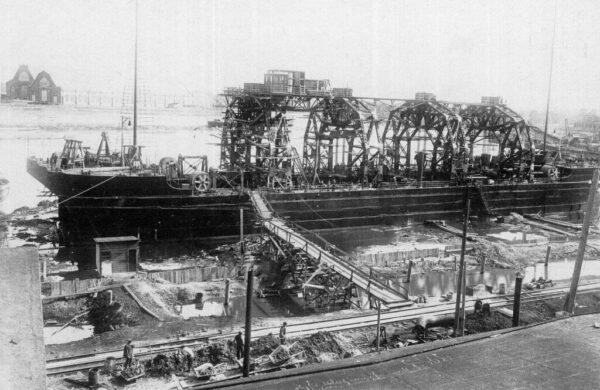
Initial tests by the Navy identified some design weaknesses (most notably the impractical cross braces at the aft) so it took nearly two years until the Volkhov received her commission into the Tsar’s Baltic Fleet as a submarine tender. She was manned by 128 sailors, 9 officers, a doctor, a medical assistant, and a maintenance crew that varied in numbers. In addition, she provided temporary living quarters for 60 submariners.
Don’t forget to visit The Shipyard Shop!
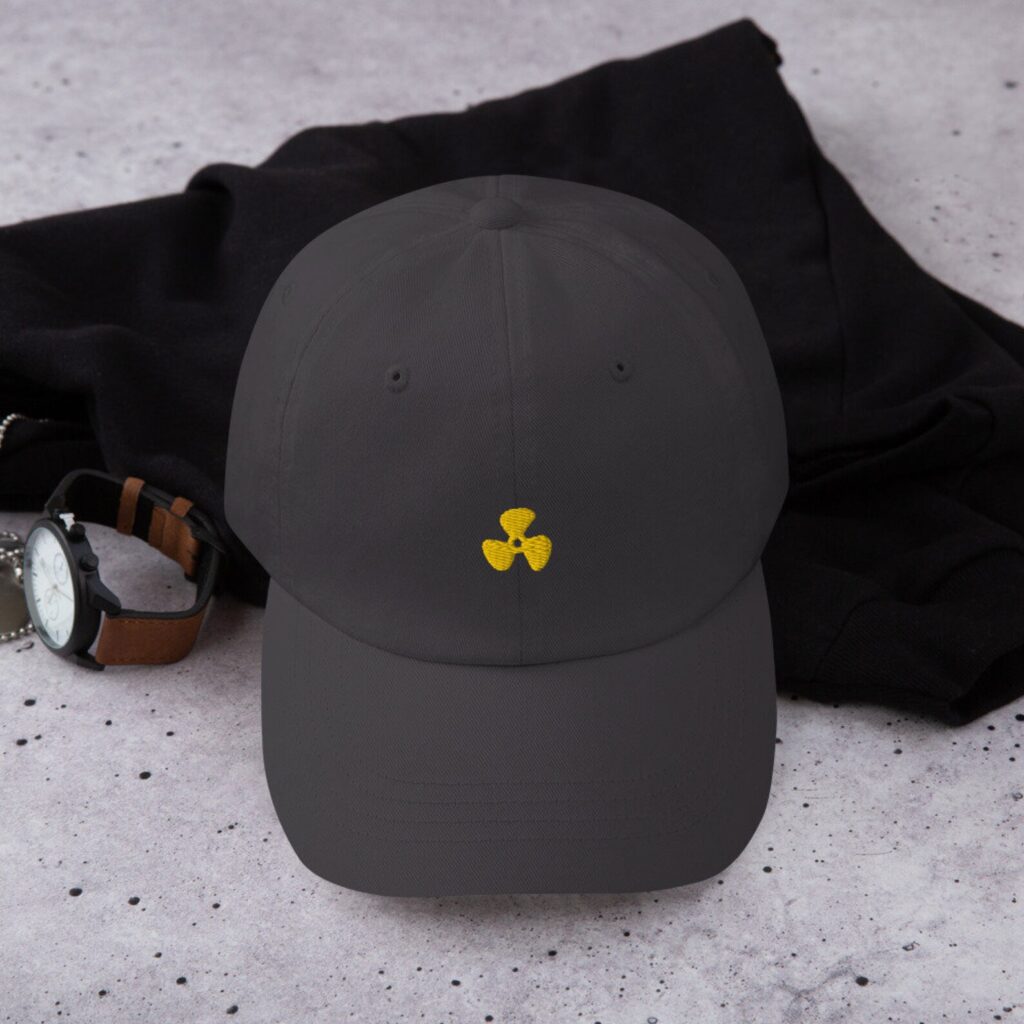

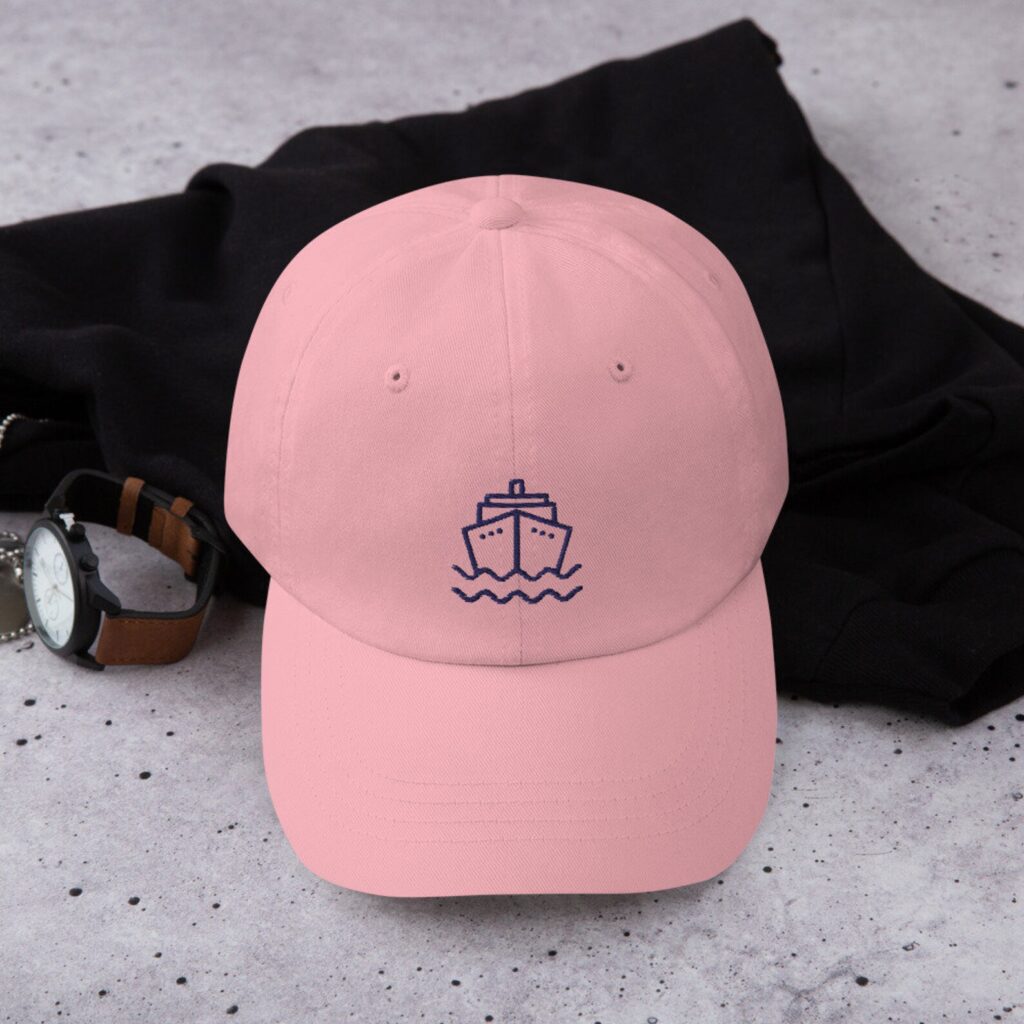
After several years of performing trivial repairs and recharging batteries, the Volkhov made her first salvage – the AG-15, an American Holland-class, designed in the USA and built in Canada for the Russian Empire. The story began as innocently as most tragedies. The submarine’s cook was making borsht and meatballs for dinner and, without asking permission, opened a hatch to air out the galley, just as the captain ordered submersion. In the ensuing turmoil, the AG-15 sank so fast no one could do anything to prevent it. A few desperate hours later, the crew released a mine with a spine-chilling note attached to it:
“We’re 11 at the bow. Raise us urgently, water coming in.”
Six men managed to escape the wreck before the Volkhov arrived at the site, the rest perishing at the bottom of the Baltic Sea. In the excruciating days that followed, the salvage vessel fought the stormy sea to successfully raise the AG-15 to the surface. It was 1917, and the Great War for Russia was nearing its disastrous end. So was the Empire.
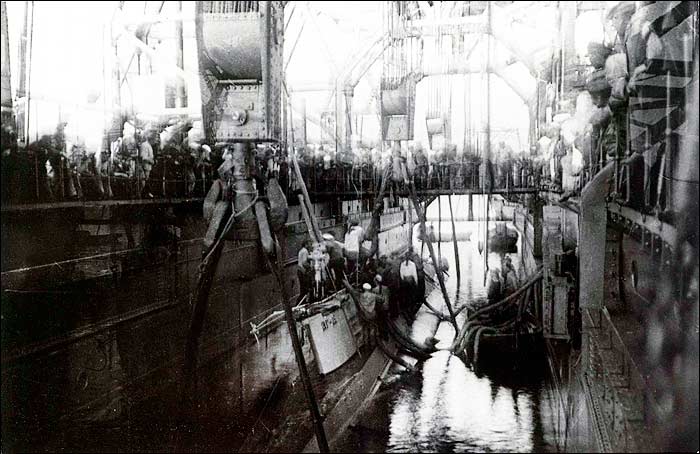
Enter the Bolsheviks
The Russian Civil War took a heavy toll on the disintegrating navy, and Volkhov made no exception. In early 1918, on the way from Tallinn to Helsinki, she was trapped in pack ice and had to be abandoned until late spring, when conditions improved enough to tow her back to shore. In the troubled years after the revolution, the trusty Volkhov salvaged the Bars-class submarines Ersh, Rys, Edinorog, and Zmeya, as well as two navy ships. On New Year’s Eve 1922, a day after the formation of the Soviet Union, the Revolutionary Military Council renamed the already prominent vessel Kommuna.
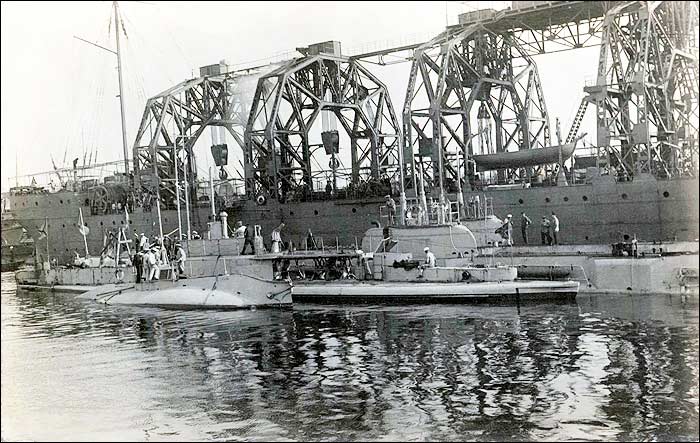
A notable incident in the early Soviet years was the discovery and raising of the British submarine HMS L55, sunk in 1919 by the Russian destroyer Azard during the Allied Intervention. When the Russians relocated the wreck in 1928, the Kommuna was the USSR’s first choice for the tricky job. After raising the L55, the Bolsheviks spent scandalous sums to have it repaired in Leningrad (as a slap in Britain’s face) and used it as a prototype for the Leninets-class submarines.

New War, Old Comrades
The run-up to WWII was a dark age for much of the world, and the USSR got more than its fair share of trouble. In a tragic sequence of maritime disasters plaguing the country’s navy, the Kommuna once again had to rescue the submarines Ersh and Lynx from the bottom of the sea (1922). In 1931, the boat Rabochiy (Worker) suffered a collision and sank off the Finnish coast to 80 meters below sea level. Her raising was a real triumph for the Kommuna, as the depth was more than a third above the ship’s designed maximum. In 1935, the dreadnought Marat ran into the submarine B-3 Bolshevik, sinking her together with the entire crew. Three years later, the Malyutka-class M-90 sank after colliding with a messenger ship near Oranienbaum and was recovered on the following day.
In the interwar years, the Kommuna raised dozens of vessels from the bottom of the sea, and this was only the beginning. As World War II razed through Europe, the Kommuna took some damage by a German bomb but continued to serve as well as she could, salvaging so much naval, military, and civil equipment that her entire crew received medals “For the Defence of Leningrad”.

Veteran but Not Retired
At 111 years, the Kommuna is currently the oldest ship in active service in the Russian Navy. Her new turf is the Black Sea, where she has been a busy old lady since 1967. In her modern version, after several rounds of refitting, she can operate as deep as 3,000 meters under the sea, placing her on par with many contemporary rescue vessels. So, in the age-old Russian tradition, let us toast her health and wish her many more years of faithful service!
The Shipyard

